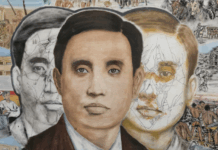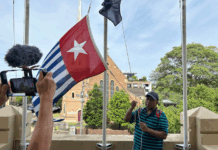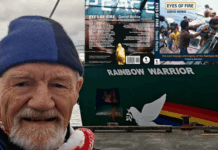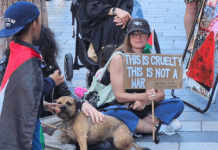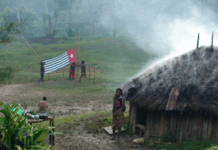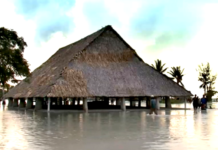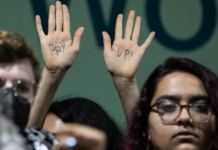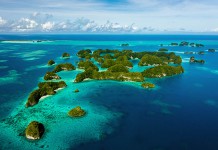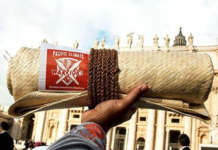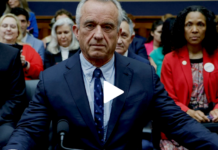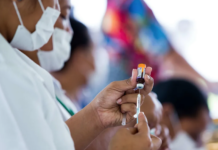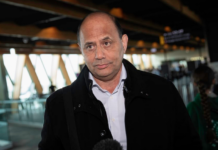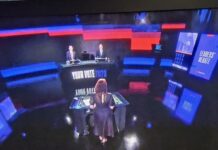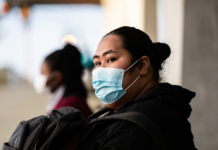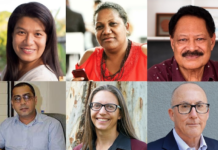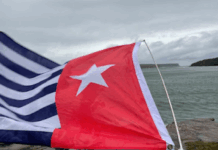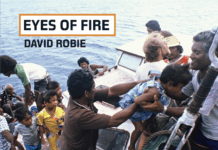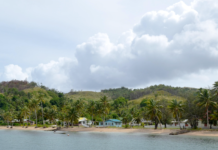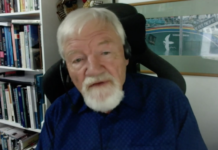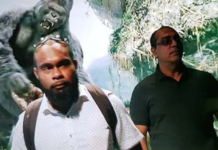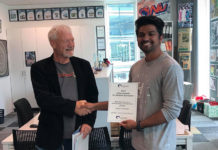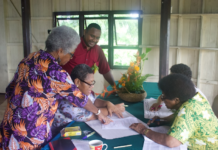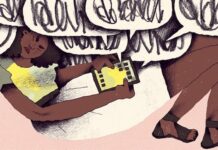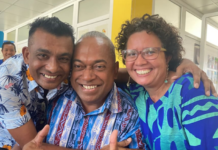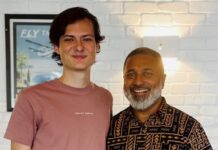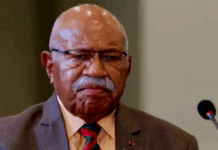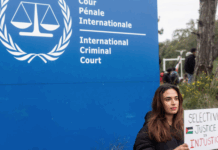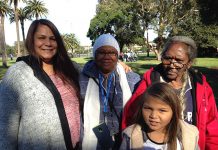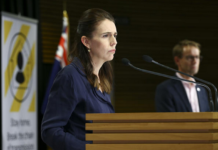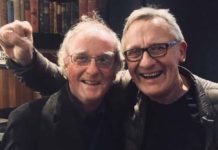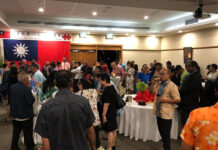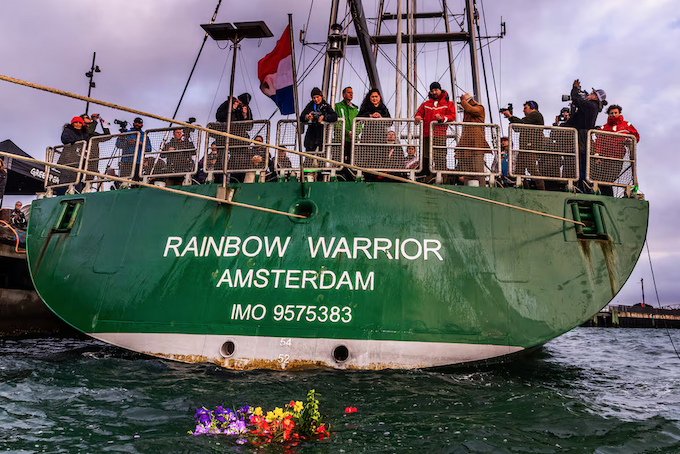
SPECIAL REPORT: By Te Aniwaniwa Paterson of Te Ao Māori News
Forty years ago today, French secret agents bombed the Greenpeace campaign flagship Rainbow Warrior in an attempt to stop the environmental organisation’s protest against nuclear testing at Moruroa Atoll in Mā’ohi Nui.
People gathered on board Rainbow Warrior III to remember photographer Fernando Pereira, who was killed in the attack, and to honour the legacy of those who stood up to nuclear testing in the Pacific.
The Rainbow Warrior’s final voyage before the bombing was Operation Exodus, a humanitarian mission to the Marshall Islands. There, Greenpeace helped relocate more than 320 residents of Rongelap Atoll, who had been exposed to radiation from US nuclear testing.
- READ MORE: David Robie: New Zealand must do more for Pacific and confront nuclear powers
- Other Rainbow Warrior reports
The dawn ceremony was hosted by Ngāti Whātua Ōrākei and attended by more than 150 people. Speeches were followed by the laying of a wreath and a moment of silence.
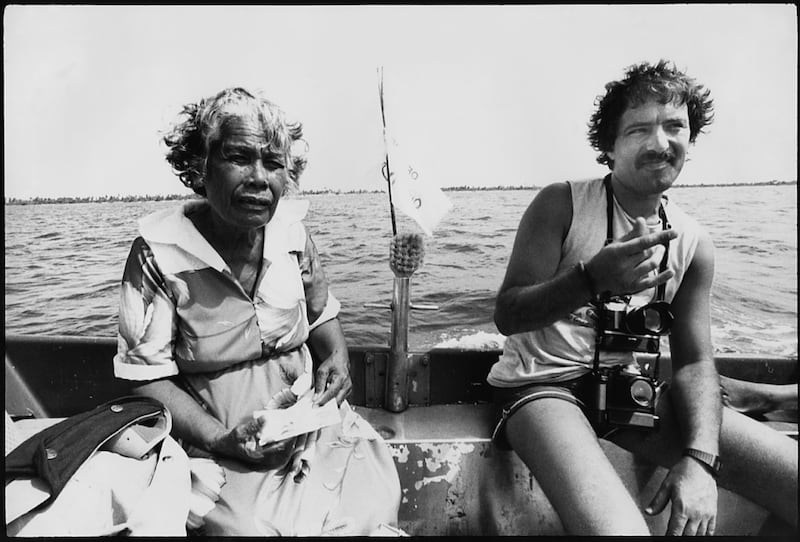
Tui Warmenhoven (Ngāti Porou), the chair of the Greenpeace Aotearoa board, said it was a day to remember for the harm caused by the French state against the people of Mā’ohi Nui.
Warmenhoven worked for 20 years in iwi research and is a grassroots, Ruatoria-based community leader who works to integrate mātauranga Māori with science to address climate change in Te Tai Rāwhiti.
She encouraged Māori to stand united with Greenpeace.
“Ko te mea nui ki a mātou, a Greenpeace Aotearoa, ko te whawhai i ngā mahi tūkino a rātou, te kāwanatanga, ngā rangatōpū, me ngā tāngata whai rawa, e patu ana i a mātou, te iwi Māori, ngā iwi o te ao, me ō mātou mātua, a Ranginui rāua ko Papatūānuku,” e ai ki a Warmenhoven.
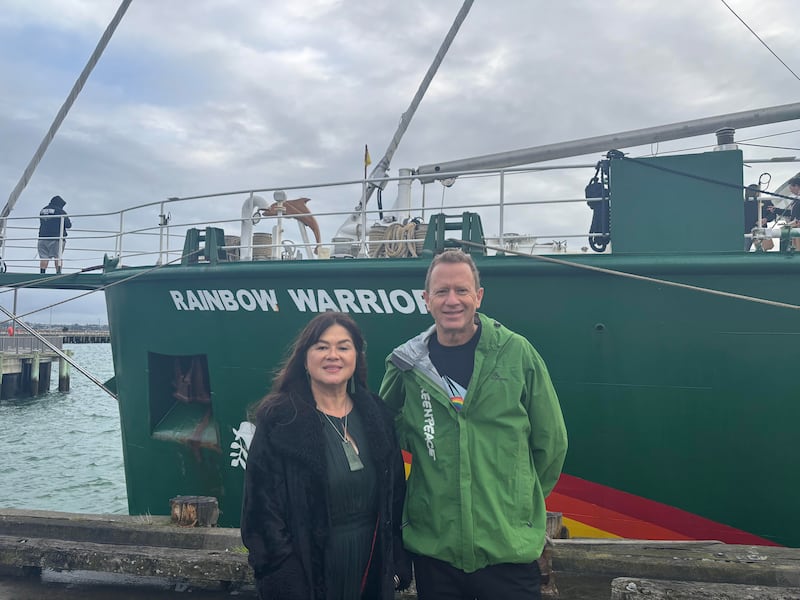
A defining moment in Aotearoa’s nuclear-free stand
“The bombing of the Rainbow Warrior was a defining moment for Greenpeace in its willingness to fight for a nuclear-free world,” said Dr Russel Norman, the executive director of Greenpeace Aotearoa.
He noted it was also a defining moment for Aotearoa in the country’s stand against the United States and France, who conducted nuclear tests in the region.
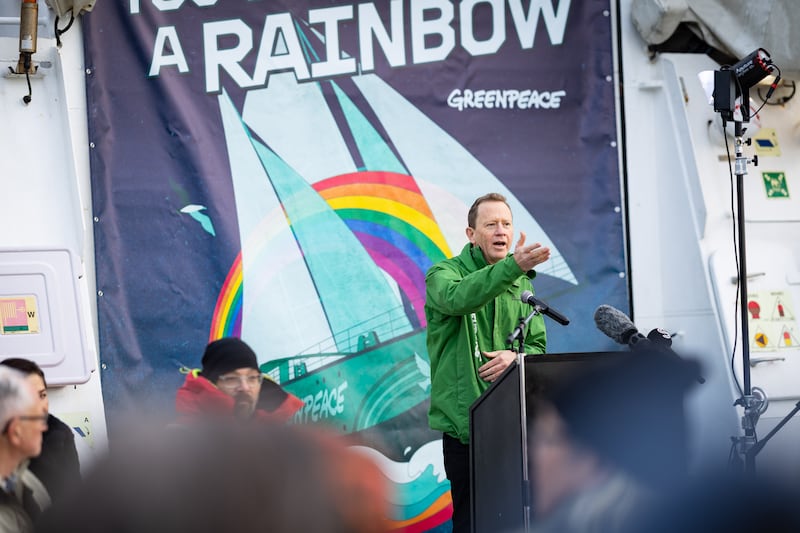
In 1987, the New Zealand Nuclear Free Zone, Disarmament, and Arms Control Act officially declared the country a nuclear-free zone.
This move angered the United States, especially due to the ban on nuclear-powered or nuclear-armed ships entering New Zealand ports.
Because the US followed a policy of neither confirming nor denying the presence of nuclear weapons, it saw the ban as breaching the ANZUS Treaty and suspended its security commitments to New Zealand.
The Rainbow Warrior’s final voyage before it was bombed was Operation Exodus, during which the crew helped relocate more than 320 residents of Rongelap Atoll in the Marshall Islands, who had been exposed to radiation from US nuclear testing between 1946 and 1958.
The legacy of Operation Exodus
Between 1946 and 1958, the United States carried out 67 nuclear tests in the Marshall Islands.
For decades, it denied the long-term health impacts, even as cancer rates rose and children were born with severe deformities.
Despite repeated pleas from the people of Rongelap to be evacuated, the US government failed to act until Greenpeace stepped in to help.
“The United States government effectively used them as guinea pigs for nuclear testing and radiation to see what would happen to people, which is obviously outrageous and disgusting,” Dr Norman said.
He said it was important not to see Pacific peoples as victims, as they were powerful campaigners who played a leading role in ending nuclear testing in the region.
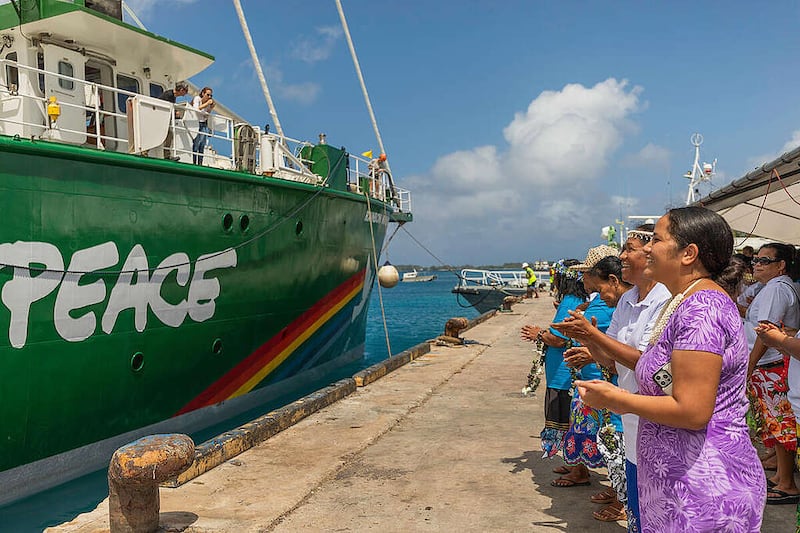
Between March and April this year, Rainbow Warrior III returned to the Marshall Islands to conduct independent research into the radiation levels across the islands to see whether it’s safe for the people of Rongelap to return.
What advice do you give to this generation about nuclear issues?
“Kia kotahi ai koutou ki te whai i ngā mahi uaua i mua i a mātou ki te whawhai i a rātou mā, e mahi tūkino ana ki tō mātou ao, ki tō mātou kōkā a Papatūānuku, ki tō mātou taiao,” hei tā Tui Warmenhoven.
A reminder to stay united in the difficult world ahead in the fight against threats to the environment.
Warmenhoven also encouraged Māori to support Greenpeace Aotearoa.
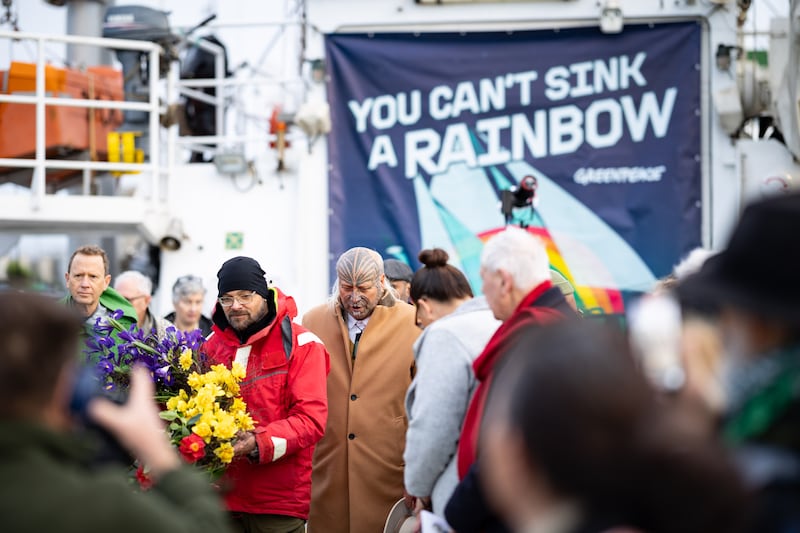
Dr Norman believed the younger generations should be inspired to activism by the bravery of those from the Pacific and Greenpeace who campaigned for a nuclear-free world 40 years ago.
“They were willing to take very significant risks, they sailed their boats into the nuclear test zone to stop those nuclear tests, they were arrested by the French, beaten up by French commandos,” he said.
Republished from Te Ao Māori News with permission.


